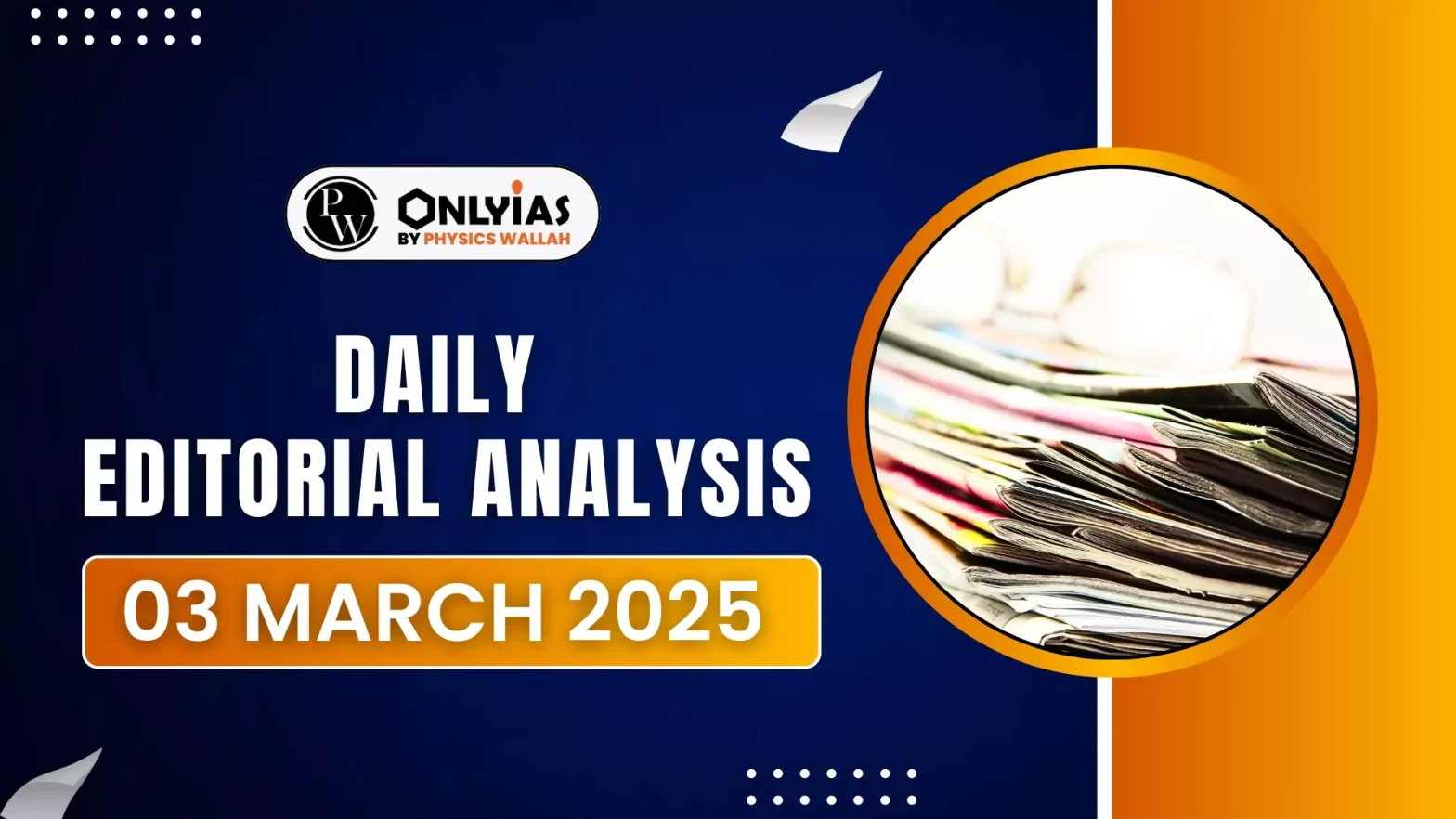In his Mann Ki Baat radio programme, Prime Minister Narendra Modi highlighted the alarming rise in obesity, particularly among children.
- Call to Action: The PM urged citizens to reduce oil consumption by 10% each month to combat obesity and build a fit and healthy nation.
- Awareness Initiative: The PM nominated prominent personalities to spread awareness and strengthen the fight against obesity through a social media campaign.
Scale of Obesity in India
- WHO Definition: Overweight and obesity are defined as abnormal or excessive fat accumulation that presents a risk to health.
- National Family Health Survey Data:
- Women: Obesity increased from 20.6% (NFHS-4, 2015-16) to 24% (NFHS-5, 2019-21).
- Men: Increased from 18.9% to 22.9% in the same period.
- Urban vs. Rural: Obesity levels are significantly higher in urban areas.
- Abdominal Obesity: 40% of women and 12% of men had abdominal obesity based on waist circumference.
- Childhood Obesity: According to NFHS Data Children under 5 years are overweight, prevalence rose from 2.1% (2015-16) to 3.4% (2019-21).
- Projected Child Obesity: The projected prevalence of child obesity is 10.81% for children aged 5–9 years and 6.23% for those aged 10–19 years.
Health Risks Associated with Obesity
- Obesity: The World Health Organization (WHO) identifies obesity as a major risk factor for poor health and early death.
- Diseases: Linked to leading causes of mortality, including:
- Cardiovascular disease
- Diabetes
- Several common cancers
- Osteoarthritis
Disease Burden in India
- Diabetes: India has the highest number of diabetics globally, with an estimated 101 million cases.
- Cancer: Cases are projected to increase from 14.6 lakh (2022) to 15.7 lakh (2025) (ICMR-National Cancer Registry Programme).
- Cardiovascular Disease (CVD): One of the leading causes of death and disability in India. Affects Indians 10 years earlier compared to other populations.
- Non-Communicable Diseases (NCDs): Account for approximately 60% of all deaths in India.
Impact of Obesity
- Health Effects: Increased risk of early-onset NCDs and can impact school performance and quality of life.
- Psychosocial Consequences: Stigma, discrimination, and bullying.
- Long-Term Impact: Children with obesity are more likely to become obese adults. Higher risk of developing NCDs later in life.
Reasons for Obesity
- Unhealthy Diets: Increased consumption of ultra-processed foods high in sugars, unhealthy fats, and refined carbohydrates. Traditional diets being replaced with calorie-dense, nutrient-poor foods.
- Reduced Physical Activity Sedentary lifestyles due to office work and digital devices. Almost half of Indians are not physically active enough (The Lancet Global Health).
- Lack of safe pedestrian paths, cycling lanes, and green spaces discourages outdoor activity.
- Metabolic Disorders: Air pollution causes inflammation, increasing the risk of visceral adiposity and cardio-metabolic diseases.
- Nutritional Challenges: Low-income households rely on carbohydrate-heavy diets (rice, wheat) due to affordability issues. Deficiency of iron and protein-rich foods (fruits, vegetables, pulses, dairy, and animal-based foods)
- Urban and Rural Divide: Currently more prevalent in urban, middle-class populations. Rising obesity among the rural poor, which may soon surpass other groups.
New Obesity Guidelines
- Limitations of BMI: It does not distinguish between fat and muscle mass and does not indicate fat distribution, especially abdominal fat, which is more harmful.
- Indians are genetically predisposed to accumulating abdominal fat, increasing the risk of metabolic syndrome (linked to diabetes, stroke, and heart disease).
- New Classification:
- Stage 1: Increased adiposity without organ dysfunction.
- Stage 2: Both physical and organ functions are affected.
- Abdominal Fat Distribution: Waist circumference and waist-to-height ratio to be used along with BMI. Body fat percentage measurement for a more accurate diagnosis.
Body Mass Index
- About: BMI is a person’s weight in kilograms divided by the square of their height in meters. For most adults, an ideal BMI is in the 18.5 to 24.9 range.
- High BMI: A high BMI can indicate high body fatness.
- Issue: BMI screens for weight categories that may lead to health problems, but it does not diagnose body fatness or an individual’s health.
|
Conclusion
Combating obesity requires lifestyle changes, awareness, and policy support. Collective action is key to a healthier future.
![]() 3 Mar 2025
3 Mar 2025

